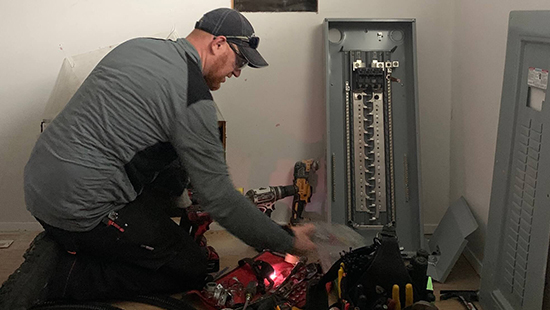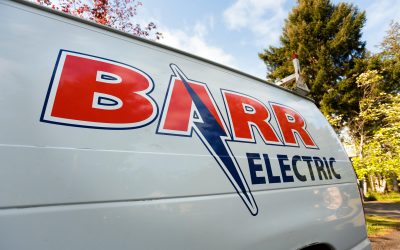Some of the likely causes of tripping breakers include:
- A device (outlet, switch, fixture, heater, or an appliance or machine plugged into an outlet) powered by that breaker has failed.
- There is a loose connection or break in the wire to one of the devices the breaker powers. This is called Short.
- The breaker’s circuit is overloaded. This happens most often to breakers powering kitchen or garage receptacles. Think toaster ovens, power tools, and plugging too many things into an outlet.
Arc-Fault Breakers, or arc fault circuit interrupters (AFCI) breakers, are a bit of an exception. In newer homes, the breakers powering the circuits to bedrooms are now required to have arc-fault protection. AFCI detects electrical arcs in the circuit to differentiate normal arcing in devices or motors from harmful arcing, such as the arcing produced by a broken wire in a cord.
The reason AFCI breakers are a bit of an exception to the above is that AFCI breakers have been known to trip more frequently than would be considered normal. This is called nuisance tripping and the cause of this tripping can take time to diagnose.
The important thing to remember is that there is a reason when a breaker trips. Trust what your breakers are telling you and call an electrician.
If you’re a bit miffed, give us a call. We’ll be happy to come out and troubleshoot the problem. See our contact info at the bottom of this post.




